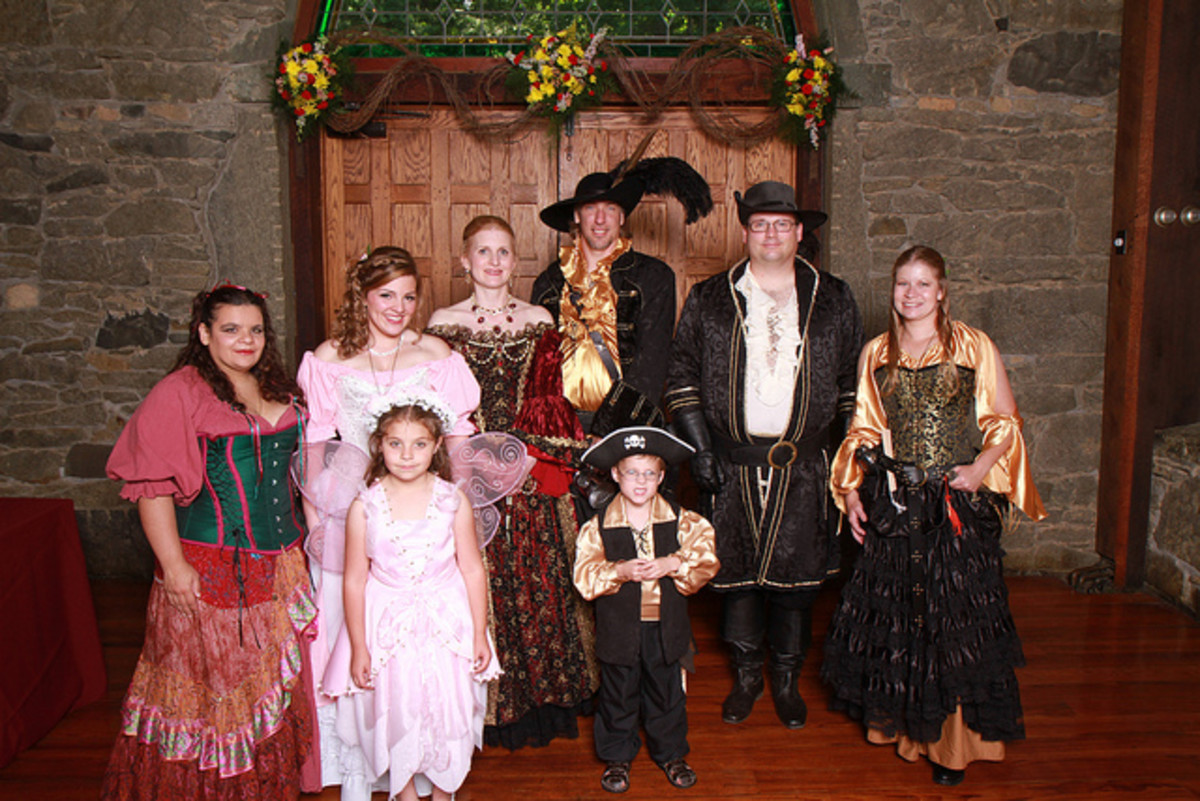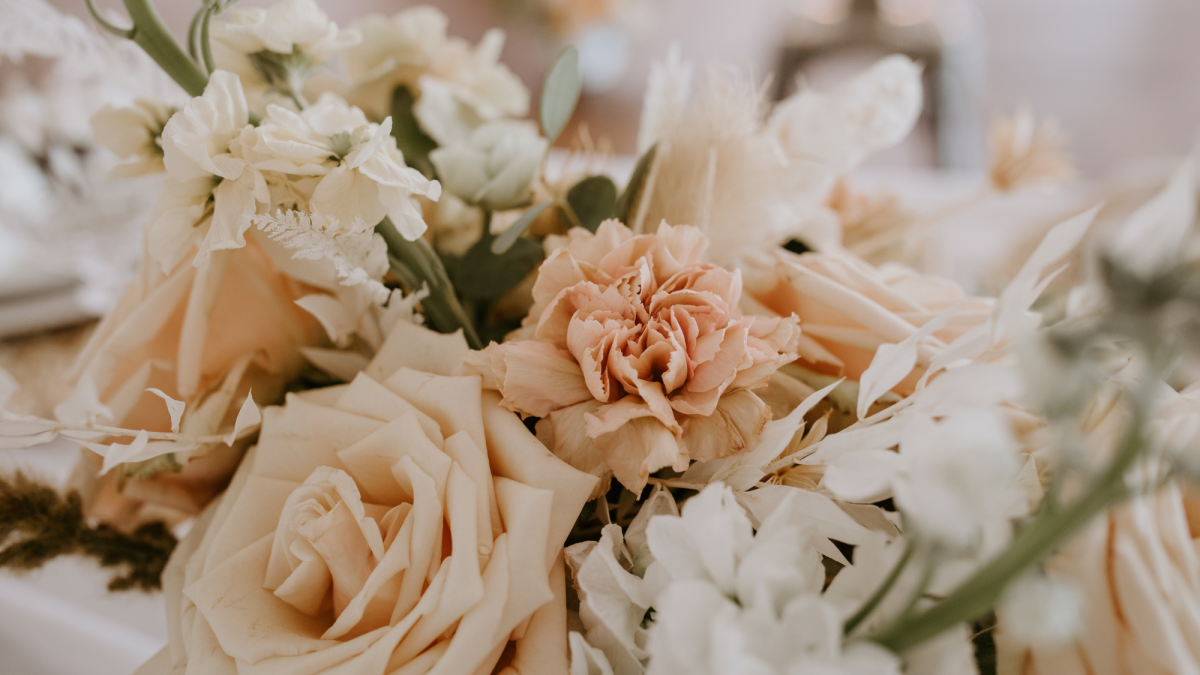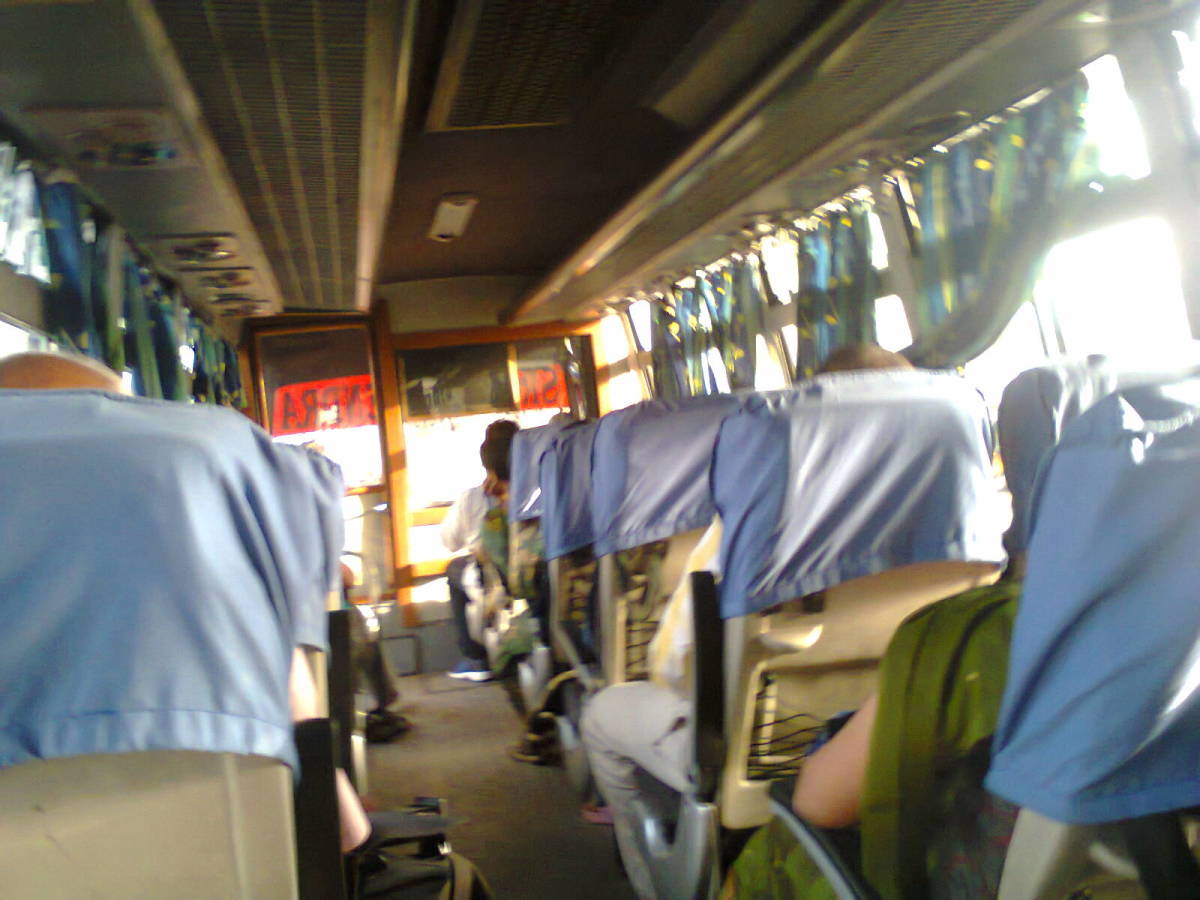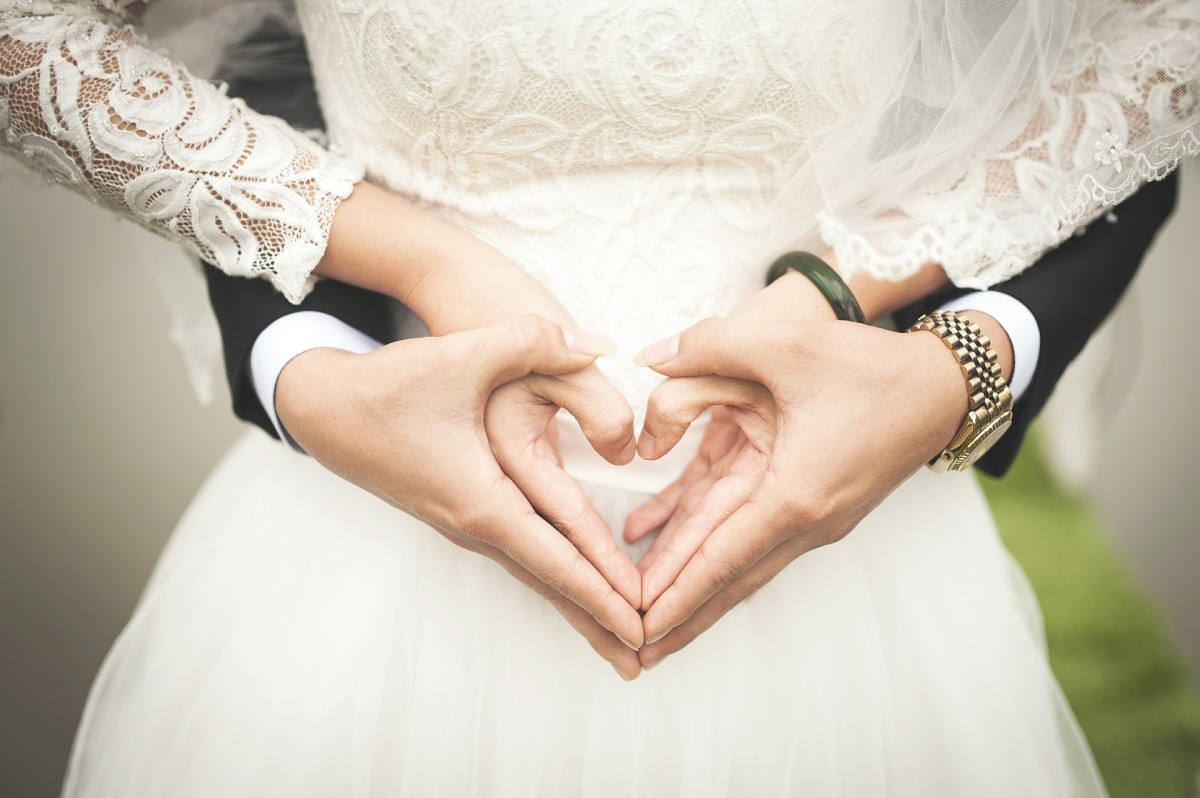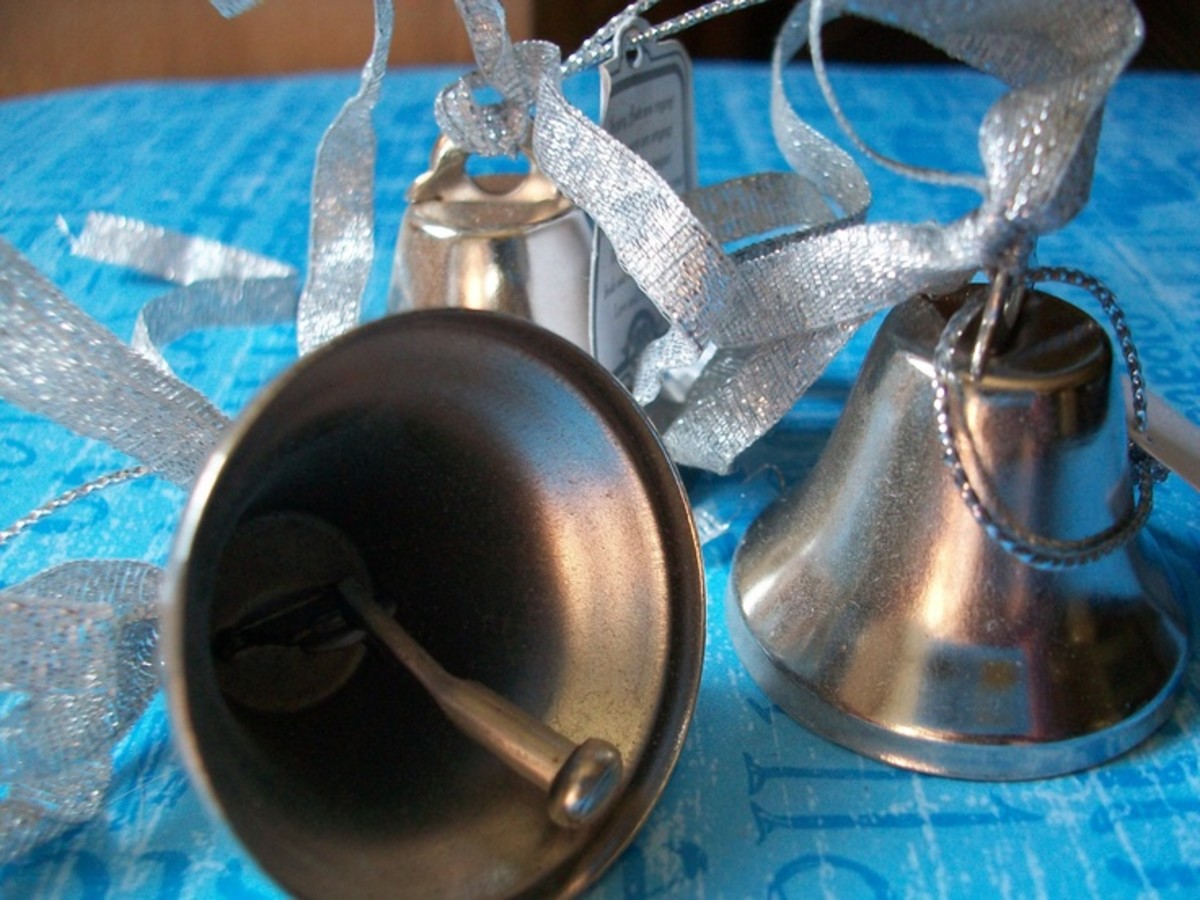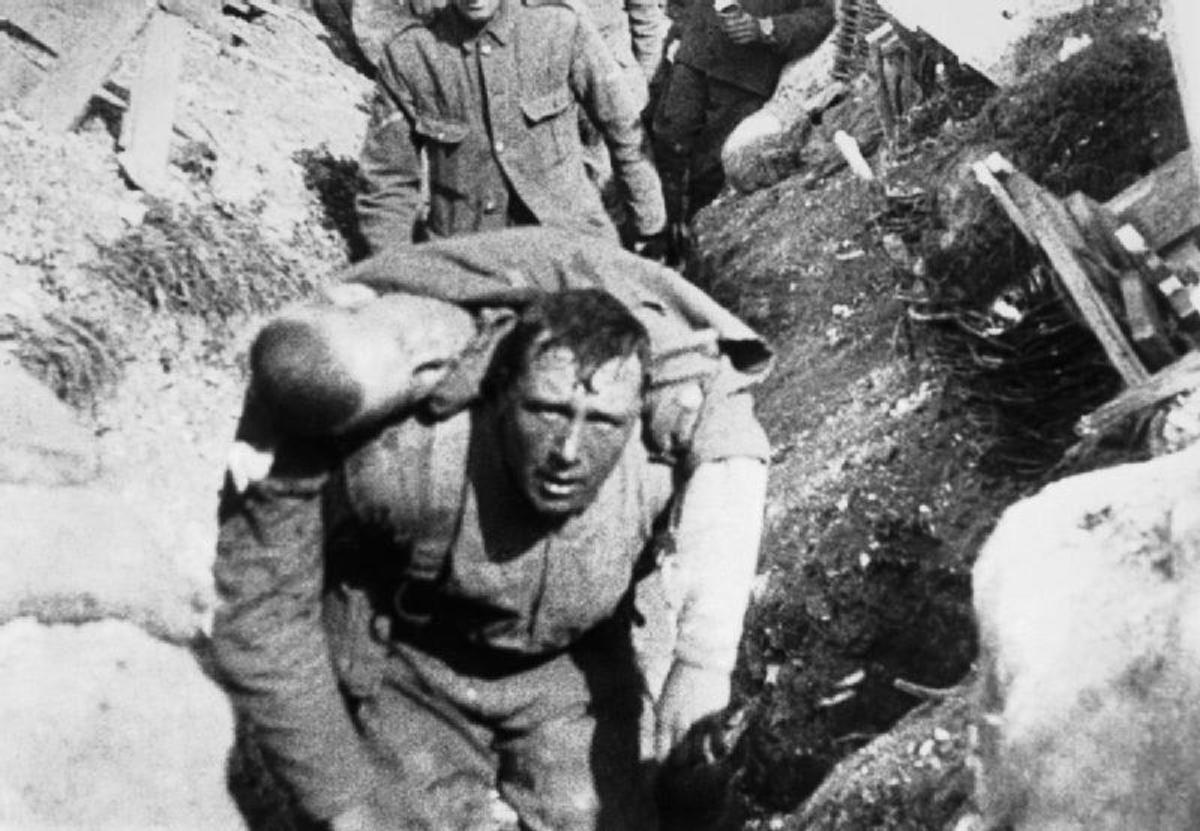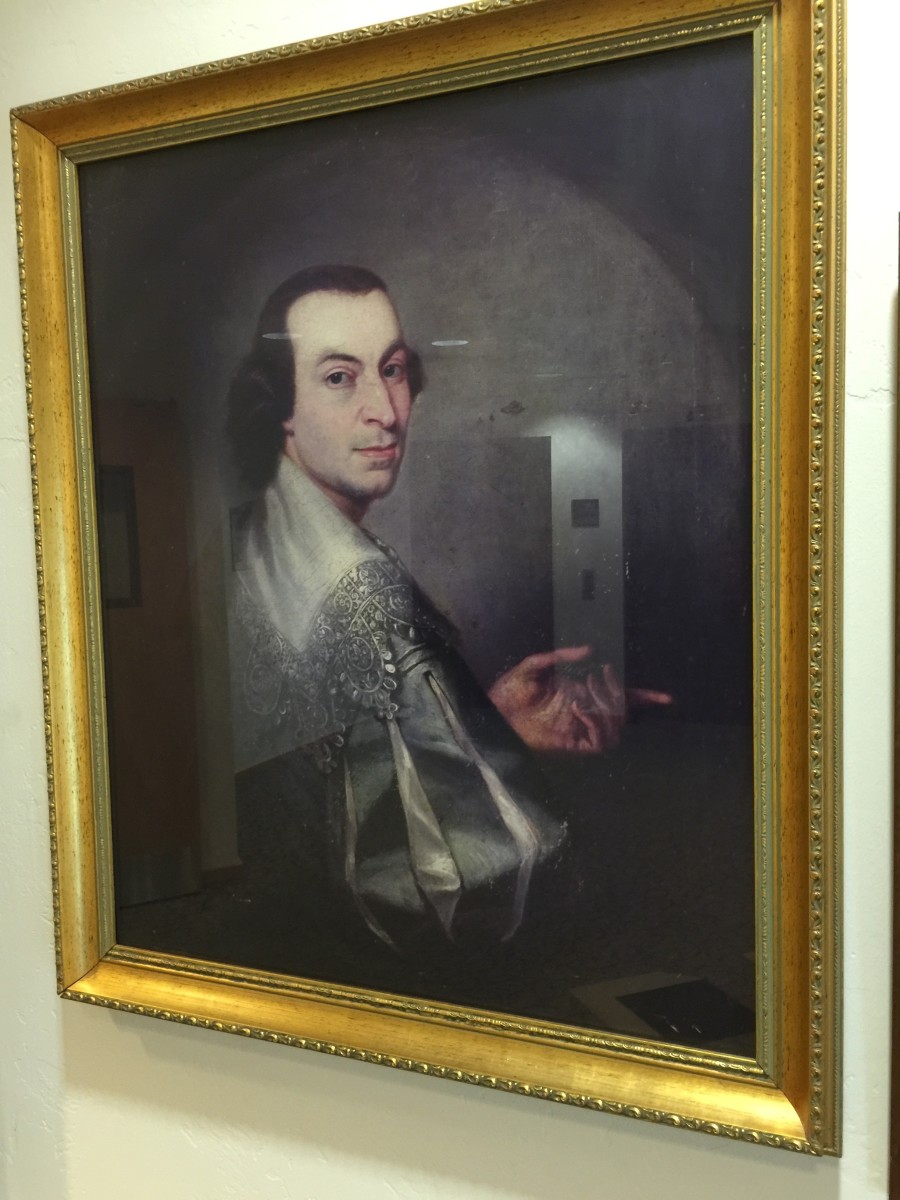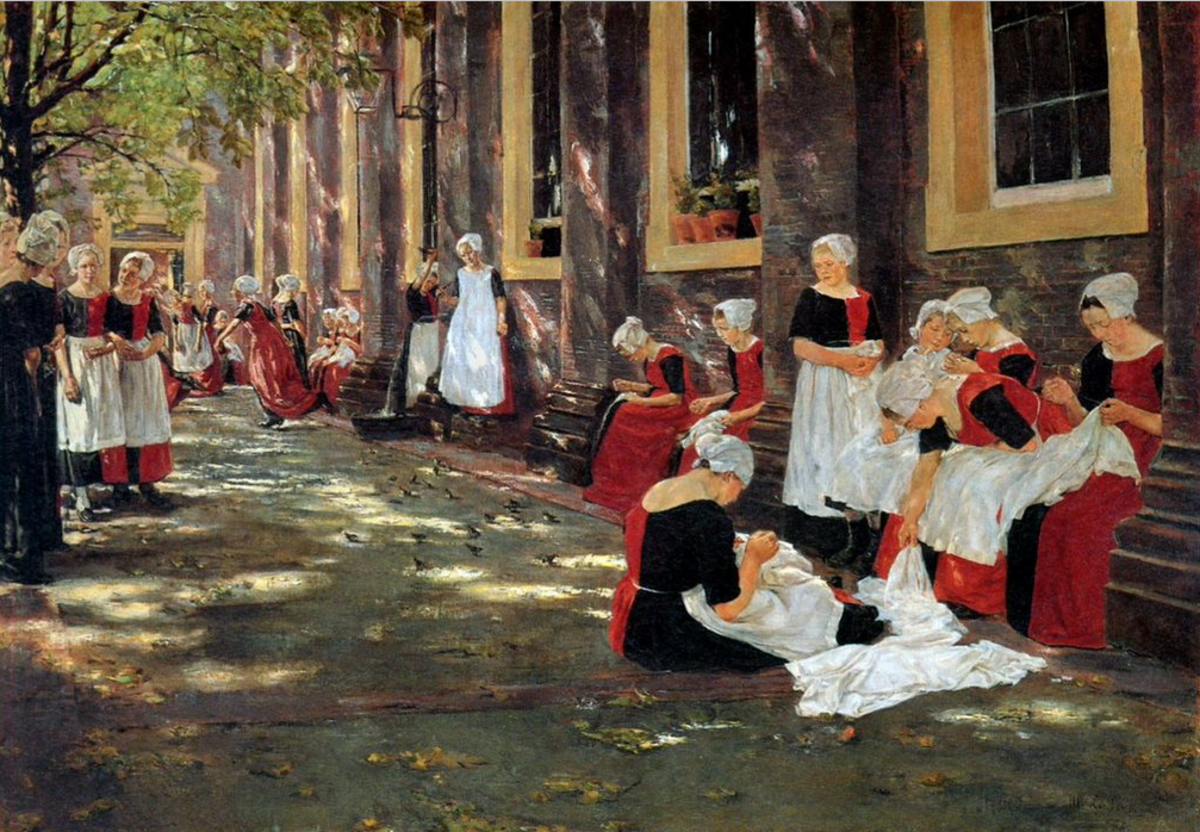- HubPages»
- Education and Science»
- History & Archaeology»
- History of the Modern Era
Towels and Weddings in 17th Century Belarus
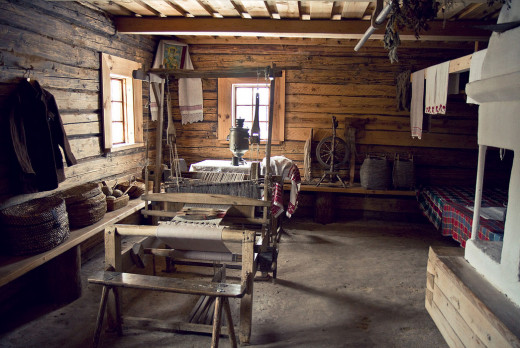
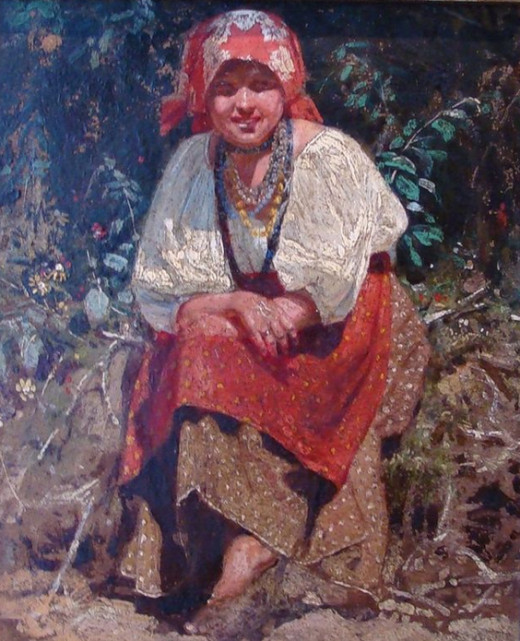
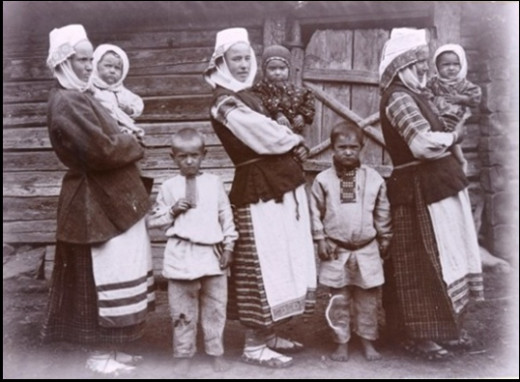
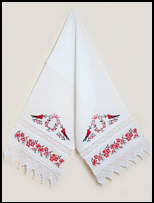
Towels and Weddings in 17th Century Belarus
The rituals of Belarus were unique. Each part of Belarus had their own design like a Scotsman with their plaid. But these were embroidered on long swatches of fabric that we call towels for lack of a more appropriate word. The designs were geometric. At one time these represented Gods but their meanings in this country had long since been forgotten. There were also figures of birds and flowers. These represented happiness and prosperity. They are always red which is thought to be the color of all good things including peace and beauty, and white for a transition.
In 1600 the towels of Belarus were woven, smaller than today and the colors were those of the yarn, red-brown symbolizing stability and peace, and gray-white showing a life transition. Bright dyes were not used until the 19th century.
These were not ordinary towels used in the home. These had no decoration or fringe, were hung on a wall and each family only had one. They were also not the small towels used for putting food on the table, bringing it out to the field or drying dishes. This ordinary cloth was called ‘Uciralnik' ( wiper).
The “towels”with fine embroidery were called ‘nabozhnik’ or ruchnik. These had the power to maintain contact with the deceased relative who created it. But they had other powers. They were protection in epidemics, droughts and war, left in trees or on gates. Woven amulets from ‘nabozhnik’ were supposed to help in childbirth and infertility, and to cure sick cattle. They were hung in the church and in front of icons in the home. They were used in weddings and funerals.
Belarus was unique. Fathers picked the bride, and beauty was of secondary importance in a woman. Being an asset to the family was primary. A good wife was a sensible, hard working girl who could keep a house, sew, cook, and work in the field. At the same time she was obliging and gentle.
This was an agricultural culture. Marriage could take place any time after the harvest and before Lent. The girls had to marry in order of age.
The process of courtship was this: Three or four of the closest relatives would go with the godfather at night, bringing bread with salt wrapped in a white nabozhnik. The godfather of the groom talked to the father, placing four bottles of vodka in the corners of the table, a special cake and sausage. But they would not mention names as this would bring evil to them. The godfather would say something like "We here have a fine-fellow, and you have a beauty in your home." If the girl was horribly opposed to the match she could leave the house though usually this was her father's business. But if she approved of the match, she drank out of the glass of his godfather.
At this point the matter was settled. Her mother brought the godfather a nabozhnik filled with rye which symbolized sewing seeds for a new marriage. Everyone drank to this and said “Our children this is righteous.” The godfather brought a nabozhnik to signify the parents consent, which would be worn by him at the wedding.
The public ritual of engagement was called zapoina. The bride drank a glass of rye vodka and then tied the godfather's left shoulder to his right arm and her younger brother to her brother in law with nabozhniks. The parents and in-laws exchanged gifts. After that they could not change their mind. The priest was told to announce their engagement on the next Sunday and marry them in two weeks.
In preparation the bride went to the bath house. The ‘dirty’ water left over from washing was made into a love potion to give the groom. This water was also used in dumplings at the wedding feast. The oven had to be swept out with a birch broom. Afterward her godmother baked an even number of loaves. One was long and the other five round. The large symbolized abundance, luck and a rich life. The others were for wealth. The bride sewed her own wedding dress. Her bridesmaids had to dress just like her to confuse the demons. Her friends sewed her veil. An extra kerchief was placed under the veil so no one could see the face or eyes and give the evil eye to the bride.She also had to buy her own shoes. Shoes were thought to have magical powers and very likely this was a defense against having them handled by someone putting a curse on the bride
The night before she was married her friends made her a crown of bark lined with linen. They put flowers, painted fathers around it. It was the symbol of virginity. She would take it off at the wedding and put on a nabozhnik and a shawl. Usually this was done with the help of the mother in law. The wedding wreath was placed on a pillow on the wedding night and in front of the icons afterward. It was thought to protect the house from lightening and to cure sleeping children of diseases caused by the evil eye. The ribbons from the wreath were supposed to cure a child of seizures. Mothers would sew part of this into an amulet when their sons went in the army. The theft of a wreath was said to cause infertility and disease.
Her brother took off her braid on a nabozhnik called the throne. The groom arrived. The bride and groom were addressed as aristocrats and were not to do any work. Friends threw rye on the two for fertility.
A marriage was always held on a Saturday. Four to eight carts transported the pair decorated with bells. The noise was to ward off evil spirits. Nabozhnik were dragged on the ground so the bridesmaids could follow in matrimony. At the wedding the married were on the right and unmarried on left. The marriage bread was given to the couple and the bride and groom had to bow down and kiss the loaf. They put a glass of wine to their lips but threw it over their left shoulder twice to keep away evil, since the left was the side of dark spirits. The couple could not eat or drink at the wedding.
The wedding itself was a virtual ceremony of nabozhnik. They were bound by nabozhnik when they said their vows. They stood on a nabozhnik before the priest called the padnozhnik. They broke glasses under this, to keep the devil away. The bride dragged the padnozhnik around the alter afterward followed by the bridesmaids who wanted to be married.
The priest blessed them, and prayed for their fertility. The godfather had them hug and kiss which signified they were married
The gifts had to be wrapped in nabozhnik. The parents, godparents and guests formed an arch wrapped in nabozhnik. The couple went through the “gate of happiness”, the bride threw out hay to the next bride. They got on the wagon to have a last supper her house before going to live with his family.
Her parents offered them vodka, honey and flowers with bread and salt on a nabozhnik. The bride and groom tied a nabozhnik around their hands, and sat near the icons. The five round loaves of bread were put on the table with a red ribbon the symbol of happiness. Burning candles protected the couple from evil. A chest was brought in with the dowry.
The wedding feast lasted three days, half at the brides house and half at the grooms. The expenses were shared. There was only one spoon for the couple. A woven 'spider' was held over the heads of the couples to ensure long happy lives. The godparents took bread in the form of a crescent and a half moon and put them together to make the sun, by chance the chief Belarusian pagan god. Rye was sprinkled on the couple. On the second day friends made a false bride. They sent him an old lady in a mask, a young woman and then, when he paid them with beer, the bride. Everyone danced but one dance took place between the bridegroom and his mother-in law, and between the bride and her father-in-law. The last day everyone was tired and they had a small meal and went home.
The groom’s best man followed the couple into the bedroom and under the covers, then beat his friend with a whip and yelled “Look at each other, kiss, and embrace! Fast!”
Afterward the couple lived with the husband's family. The two were expected work on the farm.

